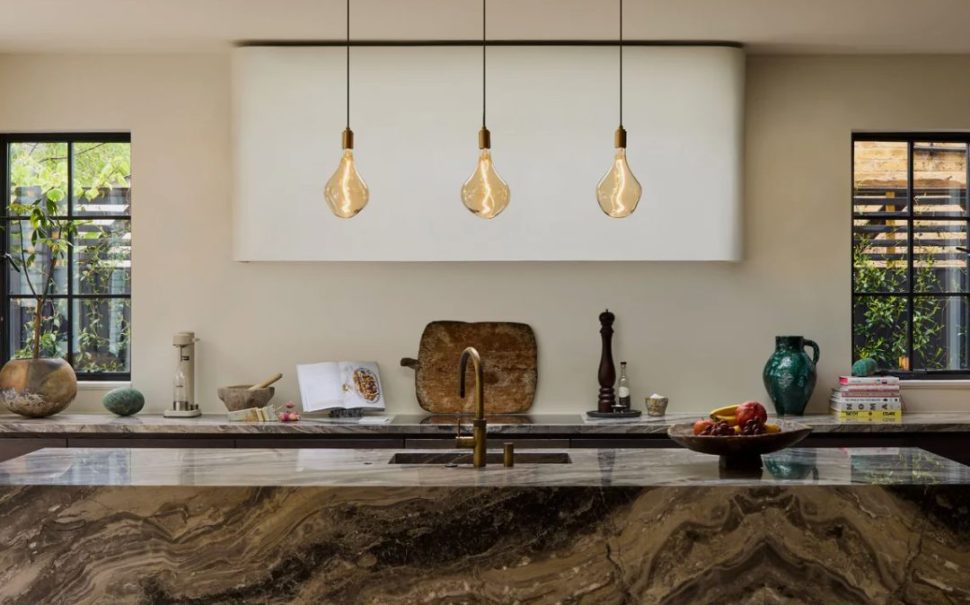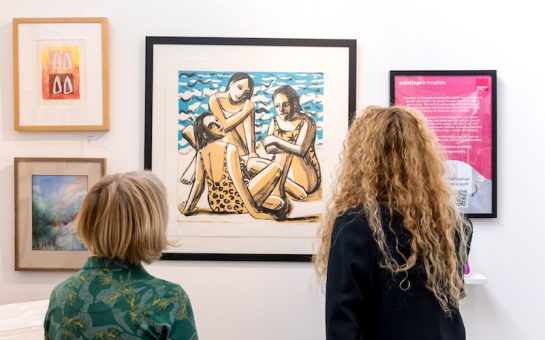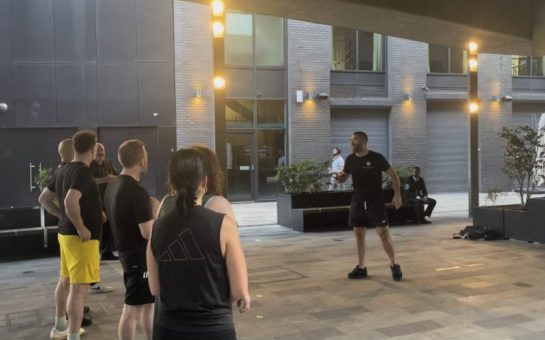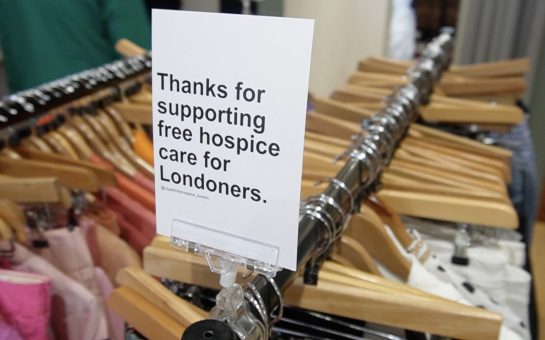A millennial-built lighting company discovered a niche in the market, ran with it for the last nine years, and now competes with industry leaders.
University friends William Symington, 35, Josh Ward, 34, and Max Wood, 35, built Tala, a sustainable and design-led lighting company out of their halls in Edinburgh in 2015.
These three friends, now business partners, decided that they wanted to create a beautiful and environmentally friendly alternative to the everyday lightbulb.
Symington said: “Tala is a lighting brand, we’re built on three pillars – sustainability, design and technology.
“Our belief is that good sustainable design can genuinely have a positive impact on the planet and society.”
The lighting brand found its footing in the market almost ten years ago when they discovered that an LED light bulb provided a warmer, more durable option to its more traditional counterpart.
“We spent quite a lot of time and money trying to develop the most technically capable lightbulb that also had a nice aesthetic,” Symington said.
When asked how three university students were able to compete with other well established lighting companies, Symington explained that they focussed on providing elegant lighting that would outlive its competition.
“We went into the luxury end of the market, and by that I mean, we made very expensive light bulbs.
“We weren’t interested in joining the race to the bottom in trying to make a product,” said Symington.
While a cost of living crisis might make a luxury product less attainable in the short run, the co-founder of Tala sustains that the long-term savings largely outweigh the short-term investment.
“It’s good for the wallet and good for the environment,” said Symington.
Tala – based in Shoreditch – is currently releasing a new collection named Muse, which allows the client to replace every component of the light bulb if it breaks.
“I remember as a child if the TV broke, someone would turn up and fix it, now if TVs break, they go into landfills.
“So we’ve created a collection with what’s being referred to as the ‘right to repair’ any element, component by component,” Symington explained.
Image source: Tala website





